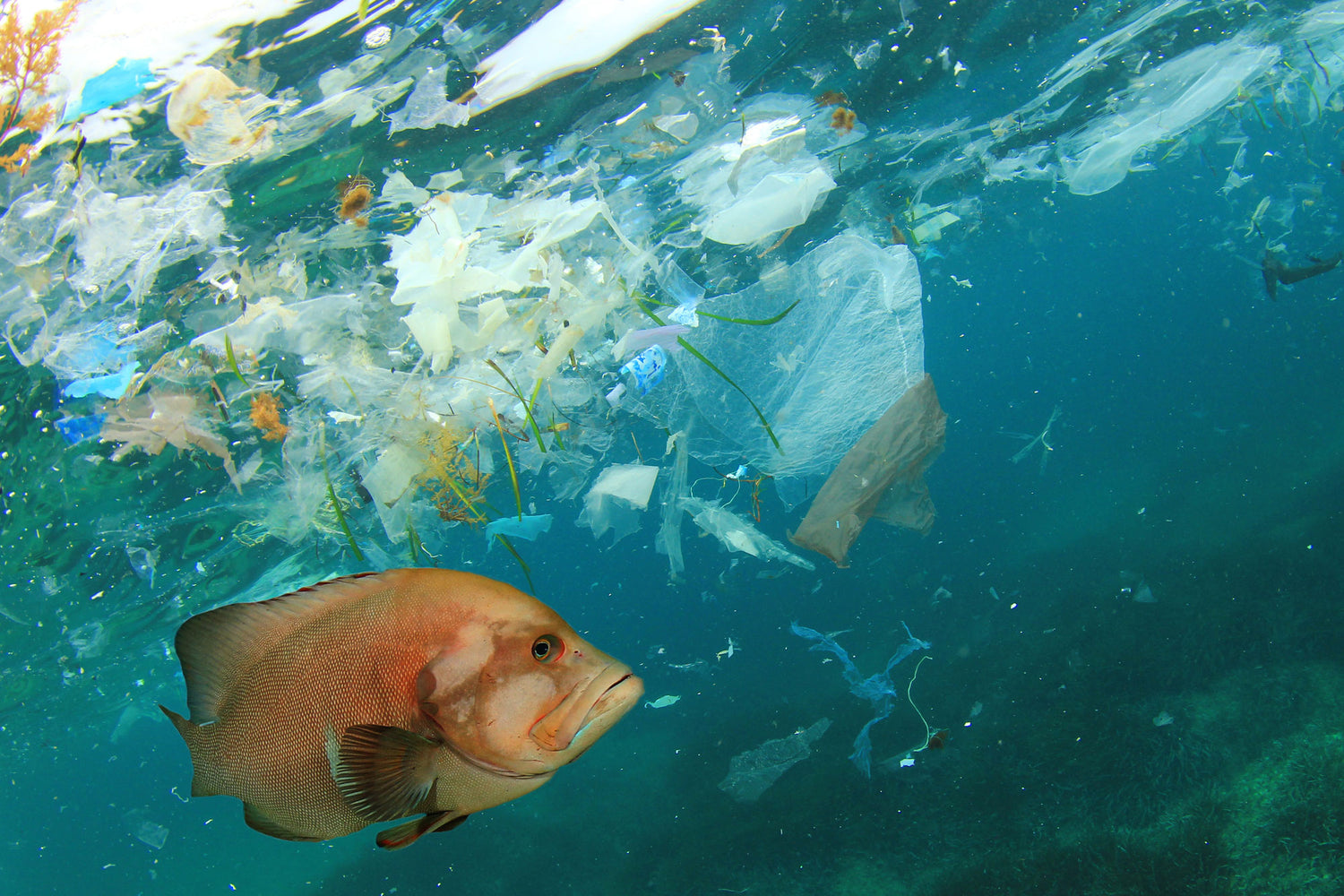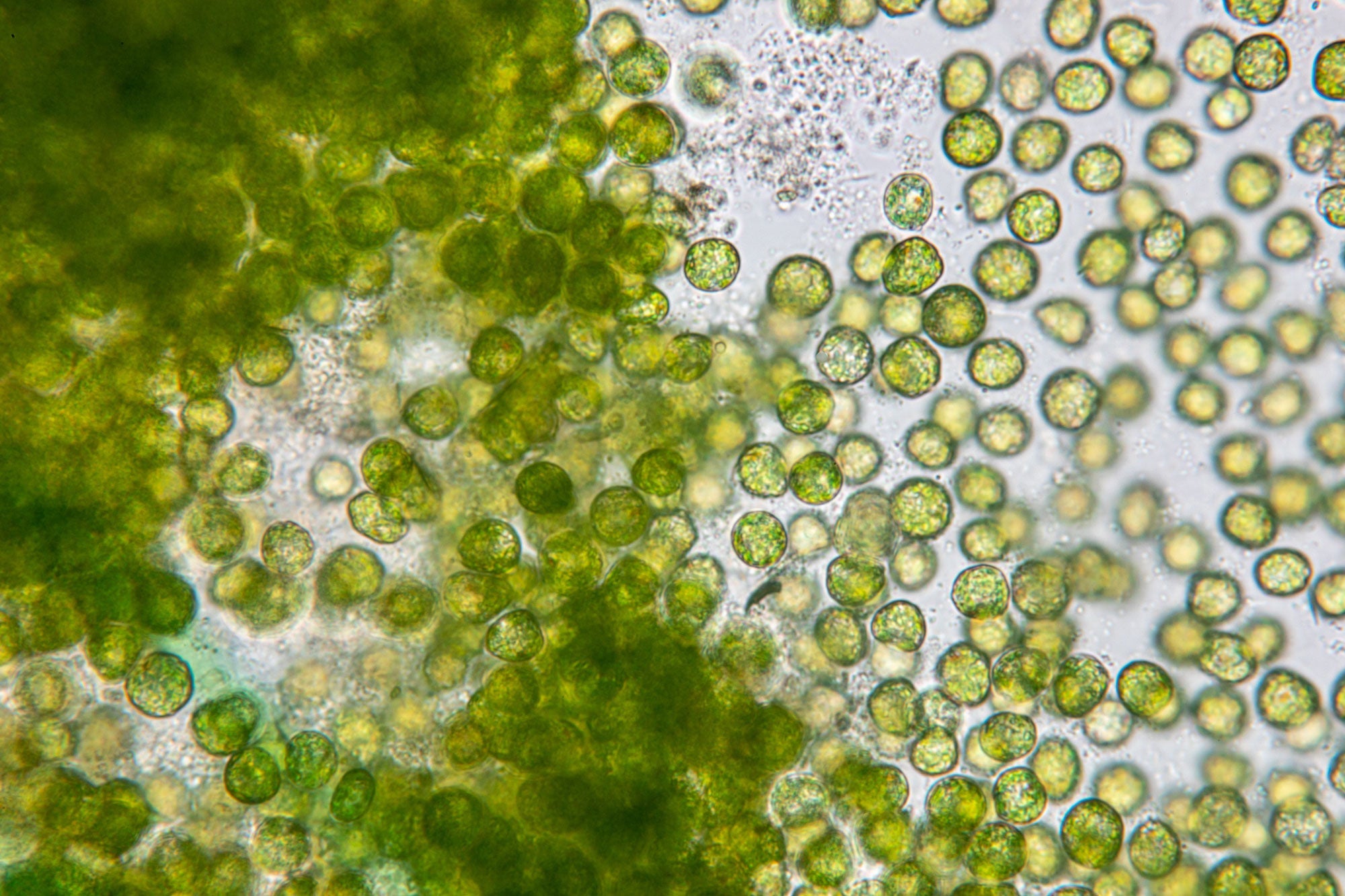Microplastics have become a pervasive environmental concern, with their presence found in the air, water, and soil. As awareness of microplastic pollution grows, so do misconceptions about their sources, impacts, and solutions. In this blog post, we will debunk common myths about microplastics, providing accurate information to help you make informed decisions and contribute to a cleaner, healthier world.
Myth 1: Microplastics only come from large plastic debris.
Fact: While it is true that large plastic debris can break down into microplastics over time, they are not the only source. Microplastics can also be intentionally added to products such as cosmetics, personal care products, and cleaning agents as microbeads or abrasives. Moreover, synthetic textiles, like polyester and nylon, release microplastics during washing, and tire wear contributes to microplastic pollution. Addressing microplastic pollution requires tackling both primary sources (intentionally added microplastics) and secondary sources (resulting from the breakdown of larger plastic items).
Myth 2: Microplastics are only a problem for marine life.
Fact: While microplastics have been widely documented in oceans, they are also found in freshwater systems, soils, and even the air. Microplastic pollution affects terrestrial and aquatic ecosystems and has the potential to harm wildlife and disrupt food chains. The omnipresence of microplastics in various environments emphasizes the need for a comprehensive approach to mitigating their impacts.
Myth 3: Drinking water filters can remove all microplastics.
Fact: While some water filters can remove larger microplastic particles, they may not effectively remove smaller particles or nanoplastics. Moreover, the efficiency of filters can vary greatly depending on the type and brand. It is essential to address the root causes of microplastic pollution and adopt preventive measures rather than relying solely on filtration technologies.
Myth 4: Biodegradable plastics do not produce microplastics.
Fact: While biodegradable plastics are designed to break down under specific conditions, they may still produce microplastics if they do not fully degrade. This highlights the importance of bioassimilation, ensuring that products break down into their fundamental building blocks and do not contribute to microplastic pollution.
Myth 5: Microplastics do not impact human health.
Fact: Research on the impacts of microplastics on human health is still emerging. However, microplastics have been found in food, drinking water, and even in the air we breathe. They can potentially carry contaminants and pathogens, posing potential risks to human health. While more research is needed to fully understand the consequences, it is prudent to minimize exposure to microplastics by opting for microplastic-free products and adopting sustainable practices.



Leave a comment
This site is protected by hCaptcha and the hCaptcha Privacy Policy and Terms of Service apply.